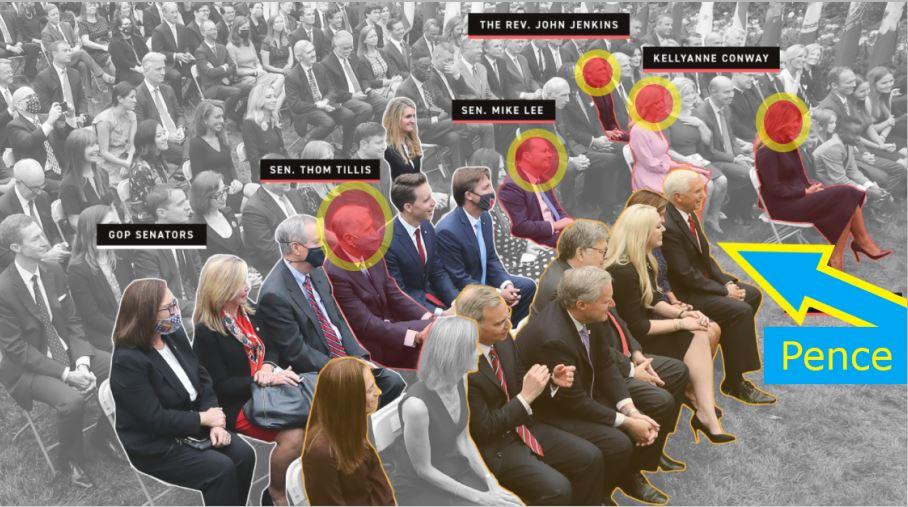Sunday Herald
April 12, 2009
It’s a balaclava, apparently. No doubt it will be described as essential protective dress. But looking at the video film and photographs of the “territorial support group officer” who has just taken his baton to Ian Tomlinson minutes before the newspaper vendor’s death, I’m wondering: why does a British policeman in pursuance of his duties feel the need to be masked?
| Masked cop pushes Ian Tomlinson, who later died of a heart attack. | |
There’s another mystery. In one still, Tomlinson is sitting on the ground before the police line, being aided by a stranger. There are eight helmeted officers and two dog handlers in shot. Of these, only three have balaclavas. Two wear the garment normally, covering the chin. The third, having stepped aside after his attack on the passer-by, has the thing high on his face, leaving only the eyes showing. And his shoulder tabs, the tabs bearing his police number, have gone.
That’s an old one. It is, of course, against all the rules. The number is there for a reason, in theory to the benefit of police and public alike should disputes arise. Traditionally, we don’t much care for masked and anonymous coppers in a country said to cherish the right to protest. After all, the forces of law and order, repositories of public trust, have nothing to hide.
Last weekend, disparaging some of the G20 demonstrators, I remarked that the Met and its helpers in the City of London Police had seemed just a little too eager for trouble. They were – they said so – “up for it”. The subsequent flood of complaints over policing methods was therefore not too much of a surprise. The handful of wee warriors – class, eco, whatever – who can confuse a smashed window with a smashed system were the perfect foil, Judy to Punch, for the Met’s media operation. But I missed one aspect of the ritual.
[efoods]
The Emergency Election Sale is now live! Get 30% to 60% off our most popular products today!



